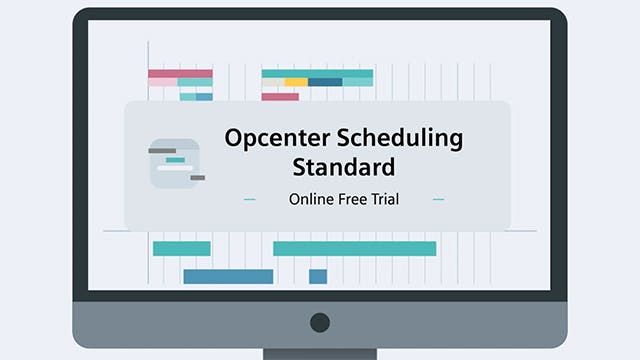Manufacturing scheduling software also accounts for your schedules and demands, change orders, regulatory constraints, and other factors. The most rudimentary form of manufacturing scheduling software provides spreadsheets into which information is manually entered. As manufacturing scheduling software has evolved, numerous functional capabilities have been added, and previously manual procedures have been replaced with computer-generated inputs and outputs.
The most up-to-date and powerful form of manufacturing scheduling software is advanced scheduling software. This version of manufacturing scheduling software accurately models the manufacturing environment within the digital environment, creating a digital twin of the facilities, equipment, personnel and supply chain needed to complete production orders. Advanced scheduling software accounts for the availability of resources and specific manufacturing constraints to support better scheduling decisions. Using algorithms and intelligent, built-in rules, manufacturing scheduling performed via advanced scheduling software schedules orders and production priorities efficiently. This more automated form of manufacturing scheduling software still allows planners to manually interact with the schedule so that new information or the planner’s experience can be accounted for with changes in the schedule.
Related products: Opcenter Advanced Scheduling, Opcenter Advanced Scheduling SMT



